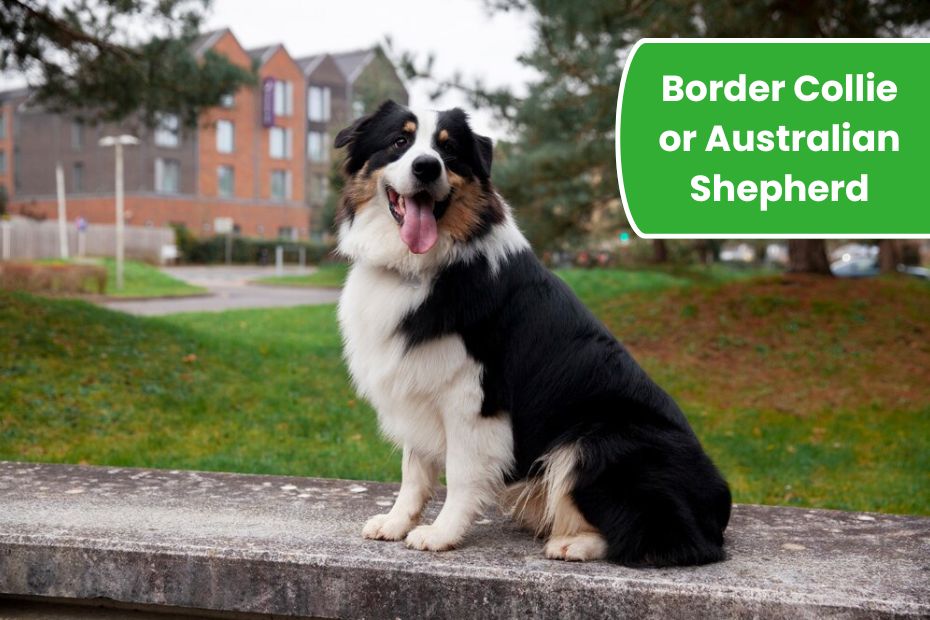Pit Bulls & Parolees is more than a reality TV show. It highlights the heartwarming journey of pit bulls and parolees seeking acceptance, trust, and second chances. The show, aired on Animal Planet, combines dog rescue efforts with parolee rehabilitation, creating an emotional narrative of compassion and societal healing.
The Vision Behind Pit Bulls & Parolees
The show was founded by Tia Torres, a dedicated animal rescuer. Her vision was to provide shelter for abused pit bulls while offering employment to parolees reentering society. This unique combination aims to give both dogs and humans a second chance, challenging societal stigma around them.
Tia Torres: The Woman Who Made It Possible
Tia Torres is the driving force behind Villalobos Rescue Center. Her passion for rescuing misunderstood pit bulls stems from personal experiences with the breed. Tia’s dedication extends beyond dogs, as she believes giving parolees meaningful work fosters accountability, discipline, and hope for a better future.
The Role of Parolees in the Rescue Efforts
Parolees play critical roles in the rescue and care of pit bulls at Villalobos Rescue Center. They engage in dog walking, feeding, training, and rehabilitation. These tasks help parolees rebuild life skills, form bonds with the animals, and gain a sense of purpose, leading to emotional healing and reintegration.
Changing the Image of Pit Bulls Through Advocacy
Pit Bulls & Parolees challenges the negative stereotypes surrounding pit bulls. The show highlights their loyalty, love, and misunderstood nature. By showcasing successful adoptions and rehabilitation stories, the series educates the public on responsible ownership, breed-specific legislation, and the need to challenge unfair dog discrimination.
Impact on Parolees and Their Rehabilitation Journey
The program has had a transformative impact on parolees. By caring for pit bulls, many parolees experience emotional growth, improved self-esteem, and reduced recidivism. These men and women often leave Villalobos with newfound compassion, life skills, and opportunities for stable employment in the animal care field.
The Broader Social Impact of the Show
Beyond the personal stories, the show has influenced public perceptions of both parolees and pit bulls. It has sparked conversations about prison reform, animal rescue funding, and breed bias. The exposure has led to increased support for rescue organizations and advocacy against breed-specific bans.
The Challenges Faced by Villalobos Rescue Center
Running the largest pit bull rescue in the U.S. comes with immense challenges. Financial burdens, emotional tolls, and public misconceptions often test the resilience of Tia Torres and her team. Yet, their commitment to providing safety for both dogs and parolees remains unwavering and inspiring.
Key Achievements of Pit Bulls & Parolees
Over the years, Pit Bulls & Parolees has facilitated countless dog rescues, successful adoptions, and parolee transformations. The show has raised awareness about animal welfare, inspird volunteerism, and highlighted the therapeutic bond between humans and dogs, proving that redemption is possible for all.
Positive Impacts of Pit Bulls & Parolees
| Impact Area | Key Achievements |
|---|---|
| Pit Bull Rescue | Thousands of pit bulls rescued and rehabilitated |
| Parolee Rehabilitation | Hundreds of parolees given stable jobs and guidance |
| Public Awareness | Advocacy for breed-neutral laws and animal rights |
| Emotional Healing | Both dogs and parolees find emotional support |
| Community Engagement | Inspired community volunteering and donations |
FAQ’s
What is the main mission of Pit Bulls & Parolees?
The mission is to rescue abused pit bulls while providing parolees with employment, aiming to give both a second chance at life.
Who founded Pit Bulls & Parolees?
Tia Torres founded the show and the Villalobos Rescue Center, dedicating her life to rescuing pit bulls and supporting parolees.
How does the show help parolees?
It offers parolees meaningful work, life skills training, emotional healing, and opportunities for stable employment in animal care fields.


